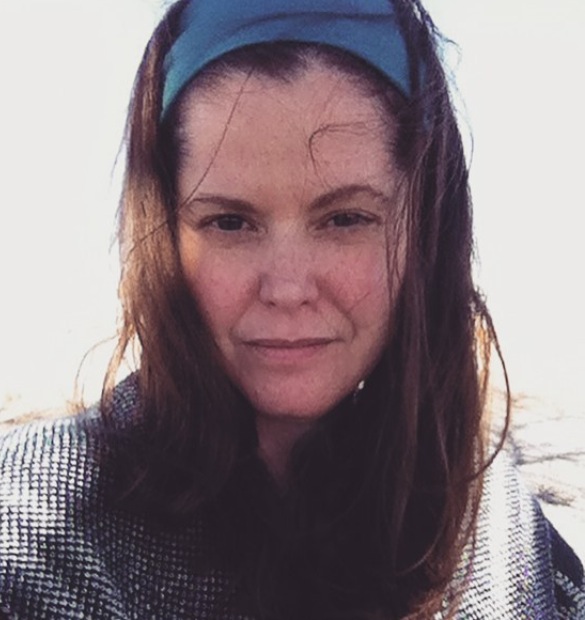Until a certain female protagonist caught my attention. Because I produced the advance reader copies sent out to reviewers, I usually knew the manuscript well enough to talk about it, and because of the lulls in my work, I actually read most of them, too. We did a bunch of medieval murder mysteries that sought to capitalize on the commercial success of Umberto Eco's "The Name of the Rose". This one began similarly, but with a twist: the prime suspect was also the chief investigator. She was a female apothecary working as a laywoman within abbey walls, tending to the same medicinal garden that produced the deadly herbal used as the murder weapon, found on her shelves. Neat plot twist, right?
I was reminded of my own botanist mother who'd cried foul play over my child's bouquet, picked to cheer her up during one of her many "moods". "Agh!" She dramatically cried out when I presented my flowers to her, at her bedside. "That's 'deadly' nightshade!" Oh? Pretty purple flowers. "Are you trying to poison me?!" Uh, no...but, thanks for the tip. End scene, cut, aaannnd...fade out.
Aside from the theater of her daily undoing, I learned a lot about the power of plants from her. She often knew their Latin names by heart, and if we couldn't readily identify the wildflowers we found, we'd look them up. She knew the trees around us by the shape of their leaves, and the colors they changed in the fall. It was a beauty and magic to me that lengthened into homesickness for the forests of my northern woods. Never would I forget the shape of sunlight slanting through the trees, or the happy yellow of a early spring daffodil.
It's become grounding to me with every move I've made, a steadying process that keeps me down-to-earth in a sea of change; collecting specimens, looking them up, and then pressing them between the pages of books. That is the strength of our collective gifts as a mother and daughter: a knowledge that is straight and true.
And so very beautiful.


